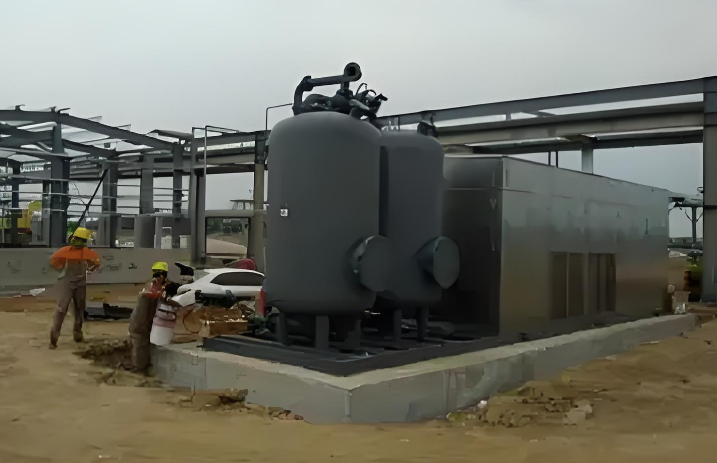Characteristics and Applications of Activated Carbon for Oil and Gas Recovery
All over the world, activated carbon is being used for many purposes including oil and gas industry application as it has great adsorption capacity. This multifunctional product is vital in the containment and recovery of hydrocarbons which enhances the productivity while meeting environmental conservation standards.
Properties of Activated Carbon for Oil and Gas Recovery application
Large Surface Area: Activated carbon has a large surface area of approximately 500–1,500 m2 per 1 g of carbon ensuring it can deep and adsorb and therefore its hydrocarbon derivatives. this is critical for the effective adsorption of volatile organic compounds VOXs, and oil and gas volatile emissions and other pollutants in the emitted air.
Chemical Stability:High Chemical Resistance and Stability throughout the carbon’s structure- a possible wide range of chemicals has little or no effect on the structure of activated carbon or its adsorption efficiency thus activated carbon tends to perform well under a lot of conditions. this stability keeps constant the performance during oil and gas recapture processes.
Regeneration of Carbon: thermally or chemically activated carbon can be restored to its original levels of adsorption, thus sustainable regenerative methods may prolong the functional lifetime of the material to lowered overall costs.
Porous Structure: Diffusion of hydrocarbons occured to be facilitated by the porous structure of activated carbon, and there are a lot of pores contributed to the ability the macropores, mesopores, and micropores; all these pores ensure hydrocarbons of different sizes are well adsorbed and captured.
Activated Carbon Applications in Oil and Gas Recovery
Vapor Recovery Units (VRUs): Activated carbon’s application in VRUs serves to capture and condense oily vapors and VOCs which are emitted in the production and processing of oil and gas. By combining condensation technology with vapor recovery unit activated carbon adsorption, VRUs are able to augment hydrocarbon emissions and reclaim useful hydrocarbons.
Tank Ventilation Vents: Storage tanks adiabatically breathe off VOCs and these are emitted through other vent openings. When activated bamboo charcoal filters are used in these vents, they are able to capture all the emissions preventing any VOC from escaping to the environment.
Leak Detection and Repair (LDAR) Programs: The use of technological leak detection and repair programs based on activated carbon is employed to seal and capture hydrocarbon emissions from equipment and pipelines. This is beneficial in containment and prompt repair of losses to the atmosphere, hence curtailing emission threats while increasing safety levels.
Yihang's Activated Carbon Solutions for Oil and Gas Recovery
With valuable experience and modern manufacturing processes, Yihang presents a wide range of activated carbon products for oil and gas recovery purposes.
Yihang develops its activated carbon products with Chromium phosphate in the inner layer which allows for high-performance adsorption and increased volume porosity for efficient removal of VOCs and impure substances from oil and gas emissions. The chemical stability and regenerative capacity of active carbon ensure durability and cost-benefit in the long run.
Acknowledging the particular demands of every individual application, the firm Yihang offers special activated carbon products. Yihang’s personnel sticks on with consumers to customize the products to specification varying the particle size and shape as well as the surface area and porosity. Browse through a variety of our products and expand knowledge on what Yihang can do for your oil and gas recovery. Yihang utilizing the distinct properties and functions of activated carbon will devise plans that will aid in efficient oil and gas recovery while conserving the environment.

 EN
EN




























